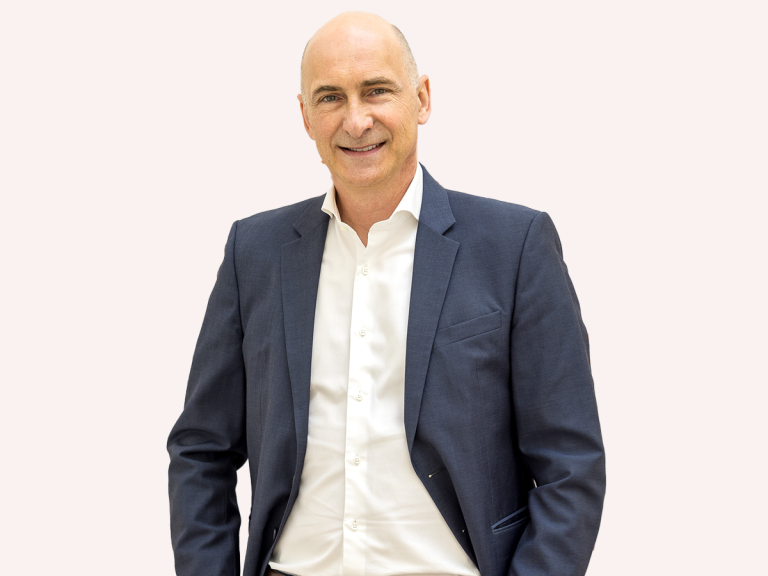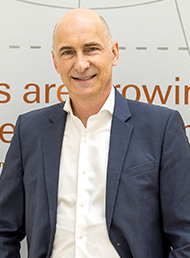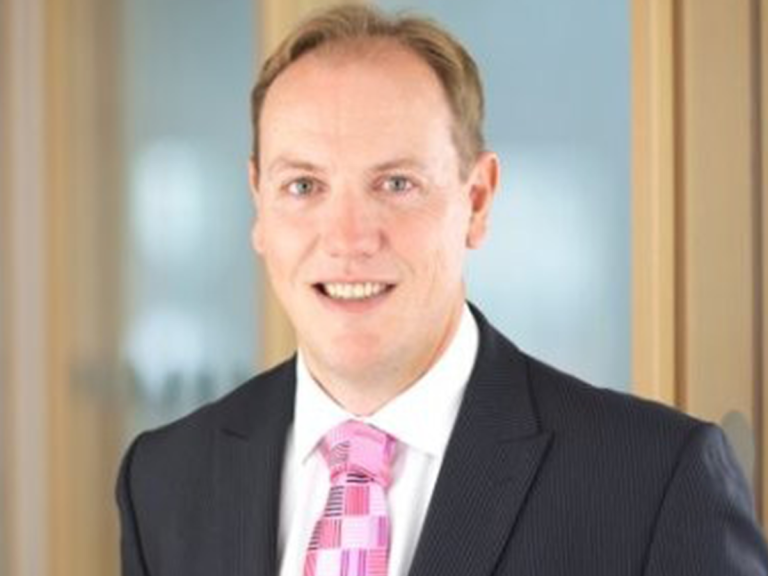Captives could be key to taking parametric insurance more mainstream with large corporates by playing a “crucial role” in absorbing the basis risk of the policy and providing direct indemnification the insured parent, according to Thomas Keist and Jan Bachmann at Swiss Re Corporate Solutions.
Captive Intelligence published a long read on parametric insurance in September where Keist and Bachmann touched on their approach to parametrics and captives.
In a GCP Short released today, they expanded further on the concept with Adrien Norulak, head of risk analytics and director of innovation & technology at Swiss Re.
Subscribe to the Captive Intelligence newsletter to receive our FREE twice weekly updates with links to news, analysis and podcasts.
Keist said captives are currently “not in the centre” of the discussion with corporates on parametrics.
“There might be various reasons for that,” he added. “One could be that it’s mainly treasury and CFO level involved as soon as it gets to parametric insurance.
“However, I clearly believe that, in future the role of captive in the entire parametric insurance discussion should be much, much higher.”
Bachmann added that while more corporates are growing comfortable with parametrics, the risk profile of most policies – low frequency, high severity – does not match the classic utilisation of captives, which is usually designed around high frequency, low severity risks.
Keist and Bachmann believe there is a role for captives to play, however, particularly those which are well established and well capitalised, to support its corporate parent in absorbing the basis risk inherent in all parametric structures.
Basis risk materialises when the economic losses of the insured differ from the amount of coverage that is triggered, or the insured experiences losses without the parametric being triggered.
The downside to the insured is it does not receive a payout, but there is also an upside risk, that the policy and payout is triggered by the event but there is no loss, or a much smaller loss than anticipated.
“Basic risk is naturally present in parametric insurance and is comparable to other difficult to insure risks,” Bachmann said.
“And with all of those difficult to insure risks, the captive might be a good home for it.”
Keist explained that while some see the basis risk as another deterrent to using the captive, he believes it presents the captive with an opportunity to play a “crucial role” in enabling an effective parametric policy for the corporate.
“If the captive is the entity to pay the parametric insurance or reinsurance in the case of a captive, they could then use their, hopefully, strong capital base to keep the basis risk within the captive and provide coverage to their entities on a traditional indemnification basis,” he said.
“By doing that, they would transform a basis risk into a normal indemnification coverage. And that, of course, could be the decisive piece or element in the contemplation of parametric insurance for a corporate.”
Keist believes that classic natural catastrophe risks such as windstorm and earthquake are likely to be the best place to start for captives engaging in parametric structures, but any risk which can have an independent third-party data provider that proves an event has occurred or not could be addressed.
“Since captives themselves often lack knowledge or resources on transforming risks into parametric insurance, specialists like us are filling the need for risk modelling and solution design,” Bachmann added.
“This is then usually combined with our fronting capabilities to bring the risk into the captive.”
Modelling and minimising basis risk
Although a captive can be used to absorb the basis risk, the ultimate target of any parametric policy should be to minimise the range of basis risk, even if impossible to remove entirely.
“Having the highest possible correctness and accuracy of your exposure data is paramount to decreasing the basis risk, and this means having the highest precision of your locations, underlying values but also understanding the vulnerability,” Norulak said.
“In Risk Data Services (RDS) we provide, for example, a data readiness report, which assesses the completeness of data and guides the user to increase the overall score, coming to a highly accurate data set and enhance representation of the risk, which then, in something like a parametric policy, decreases the overall basis risk.”
Keist believes that the captive, being part of the corporate group, can have access to the data required to then work with the commercial market and risk modelling experts on structuring the most effective coverage.
“The captive is best suited to provide the necessary data analysis to minimise the basis risk, given that it has access and knows all the details of the company’s exposure and has tools available, such as RDS for example, to collect and analyse the data in a very, very precise way, such that it can minimise the basis risk,” he added.
Listen to the full discussion on utilising captives in parametric policies to minimuse basis risk on the Global Captive Podcast here, or on any podcast platform. Just search for ‘Global Captive Podcast’.
















